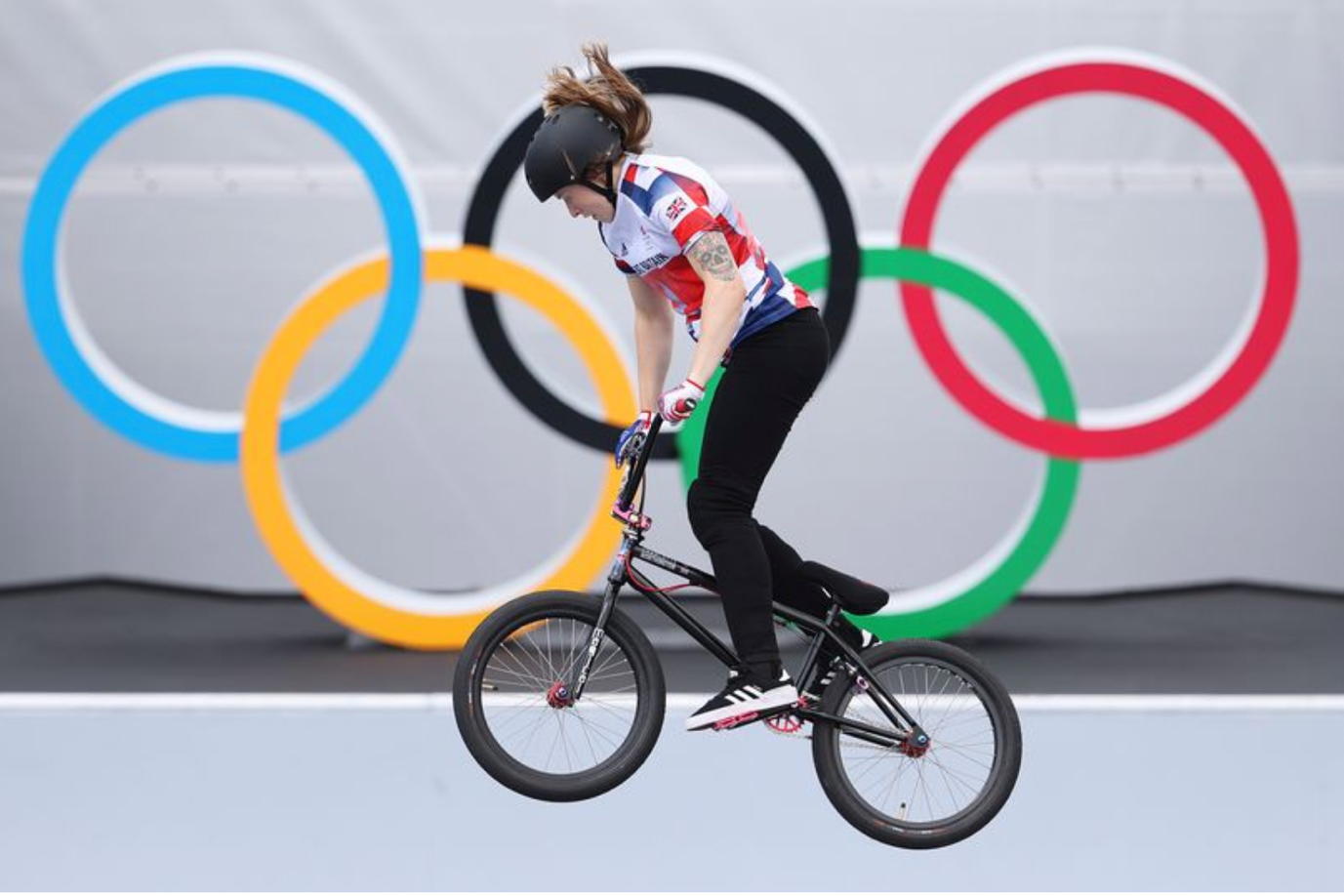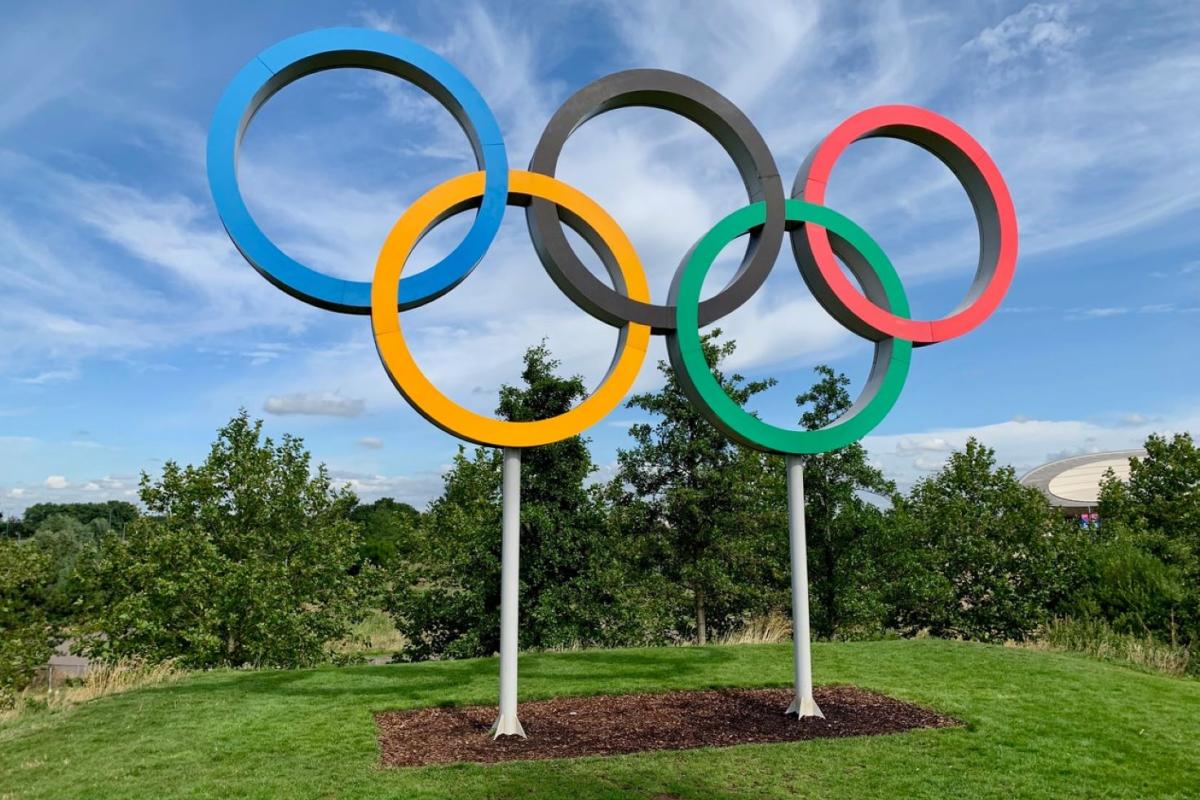In the run up to Tokyo 2020 the question on everyone’s lips was – “will it be the same without spectators?”
The answer is: just fine because the Olympics is mainly a made for TV event.
TV production teams are skilled at telling stories in pictures and so, in place of sweeping shots of cheering Japanese, we have close ups of competitors faces deep in concentration, in ecstasy, in agony and sometimes all three moods in the space of a few minutes.
In moments of triumph we cut back to the home country to meet the proud family and hear their stories of sacrifice (all those 6 am starts to take young Tom to the swimming pool) and pride (people jumping up and down in joy as Tom finally “medals” and “podiums”). The English language gets mangled with ‘verbing’ and all the interviews finds participants and their loved ones inarticulate and unable to find the right words. But it doesn’t matter. The games are really a series of picture stories produced by broadcasters who have spent a king’s ransom to get the TV rights. Big ratings and mass shared experiences (like European football championships) are rarer and therefore more valuable, especially as media are fracturing into niches fuelled by data powered targeting. (But not in the UK where it is covered by the BBC which has no advertising).
This explains a lot about the Olympics, like why it went ahead in the first place.
One answer: so much money was on the line and so much advertising revenue was to be lost.
All that expensive TV coverage is heavily policed for brand presence. Brands can’t elbow their way into the TV coverage. What you do see is the iconography of Brand Olympics: the rings, the flames, the podium. These examples of cod Hellenism were created in the 20s and 30s and used brilliantly at the infamous 1936 Olympics by film-maker Leni Riefenstahl. Ever since, national leaders have followed where Hitler led and used the Olympics to project an image their country and, of course, to cover up unsavoury truths.
National pride is at stake, which also explains why this Olympics went ahead in the teeth of heavy opposition from ordinary Japanese. So how has Brand Japan done? It has been an exercise in damage limitation: protests have been muted or, at least, not covered by broadcasters. In normal times, journalists and spectators fan out across the host country and bring back stories about a welcoming, exciting, quirky, diverse, historic, beautiful place- and well worth visiting. Tourism gets a boost. This time Brand Japan gets a thin showing –just a vague sense of modernity from all those neon signs combined with politeness. But it could have been worse, much worse.
Perhaps we should give up on the Olympics as they are so degraded by power politics and big money: two forces that are bound to produce the most underhand behaviour, such as pumping athletes full of life shortening drugs so as to grab the top prize. There never was a time when the Olympics was about pure sportsmanship and never will be. There is also the vaunting pomposity of the International Olympic committee, the vast expense and waste, the huge debts incurred to be paid off over decades, stadia that turn into huge rotting white elephants. All these things make the Olympics at a global level a risky bet for brands – particularly now when vast vanity construction projects seem so out of tune with times of Covid and climate change.
But you can still find the Corinthian spirit. We also discover unique subcultures as, for just a few hours every four years, we become obsessed with fringe sports (which have never had large crowds so the lack of spectators is life as normal) The pictures don’t lie. These participants have toiled for years to be excellent their unheralded sport. There is obscure jargon to be learned – Double Arabian, Triple Lutz, Double Toe Loop. There is blood, sweat, tears, and injuries to recover from. We get worked up about Dressage, which comes as a complete surprise. Brits turn out to particularly good at sports that involve sitting down- rowing, cycling, BMX, sailing and riding.
Many are gritty, tough and determined– you have to be brave for BMX, a sport that surely involves breaking many bones. Other countries are revealed to be centres of excellence – you have literally no chance of beating the South Koreans at archery or the Jamaica women at sprinting for 100 metres.
This is the “authentic” stuff – that magical ingredient sought by so many brands in a deracinated, globalised made for TV world. It is where your brand should invest. Just don’t expect your brand to get famous or even, more modestly, to increase brand awareness. The Return on Investment case is difficult to make. Spikes in interest happen only every four years
But, you will be supporting clubs in local communities. Young people can “fulfil their dreams”, find daily purpose and escape a life that seems to offer few rewards – especially in the UK’s tough multicultural cities where many youth clubs have closed. You can hear the truth of this in voices at the interviews at the BMX, Boxing and Taekwondo events.
And here’s the real case for investment – a modest amount of money will go a long way as many niche sports operate on a shoestring and rely on the energy and enthusiasm of supportive mums, dads and youth workers. It is all a million miles away from the global trotting, moneyed world of the International Olympic Committee.




